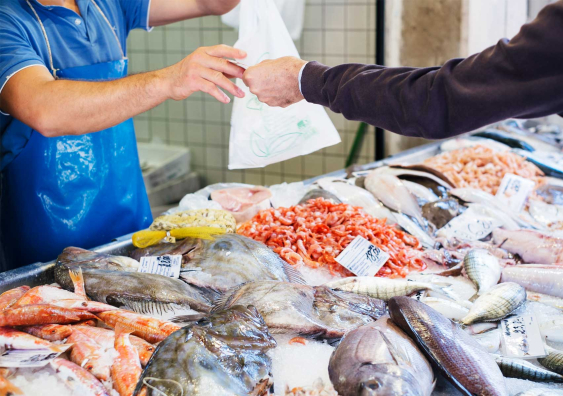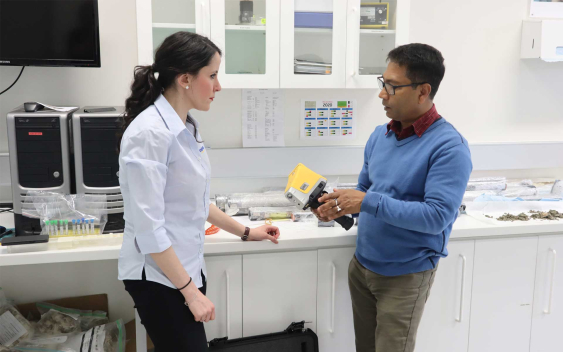2023-10-20 ニューサウスウェールズ大学(UNSW)


◆UNSW Sydneyの研究者は、ANSTO主導のプロジェクトで海産物の原産地を特定し、養殖か野生捕獲かを判定する携帯型デバイスを開発しています。これにより、食品詐欺を防ぎ、持続可能な海産物貿易を推進することが可能になります。
◆この研究は、食品原産地の特定に役立つ情報を提供することで、消費者、小売業者、卸売業者に知識を提供し、海産物の起源を確認するための手段を提供することを目指しています。
<関連情報>
- https://newsroom.unsw.edu.au/news/science-tech/foreshore-sustainable-fishing-new-tool-tackle-seafood-fraud
- https://www.sciencedirect.com/science/article/abs/pii/S095671352300213X
エビの産地証明のための携帯型元素スキャナーの新しい利用法 A novel use of a handheld elemental scanner for authenticating prawn provenance
Jasmin C. Martino, Jagoda Crawford, Patricia Gadd, Jesmond Sammut, Neil Saintilan, Debashish Mazumder
Food Control Available online 20 April 2023
DOI:https://doi.org/10.1016/j.foodcont.2023.109813
Abstract
Elemental profiling has emerged as a powerful end-to-end tool for authenticating origins of our food but its adoption by the industry is hindered by analytical delays and inaccessibility due to the laboratory-based nature of most instruments. To address these critiques, we evaluated a handheld x-ray fluorescence (XRF) scanner as a rapid in-situ approach for discerning provenance in a case study of black tiger prawns (Penaeus monodon) across Australia. To better understand the limitations and opportunities of the technology for seafood provenance, we evaluated provenance classes (site, jurisdiction, and production method), preparation method (cooked vs raw), and biological traits (carapace length, body weight, and sex) to disentangle the dominant influences on multivariate elemental fingerprints. Harvest site was found to be the dominant explanatory variable, indicating unique site properties eclipsed jurisdiction and production method (farmed vs wild) contributions. Raw samples were shown to be better suited for provenance determinations due to more pronounced variation in elemental fingerprints between classes. To simulate a real-world application, we constructed and tested machine learning classification models for identification of prawns back to harvest site, jurisdiction, or production method. The models employing raw prawn samples demonstrated high accuracies, with a classification accuracy of 87.5% to site; 98% accuracy to jurisdiction, and 100% accuracy to production method. Our results demonstrate the practicality of this first line of defence technology for provenance on the market floor or in supply chains. This innovative technique could facilitate the adoption of portable elemental profiling for provenance across supply chains, leading to a more sustainable and ethical seafood trade.



